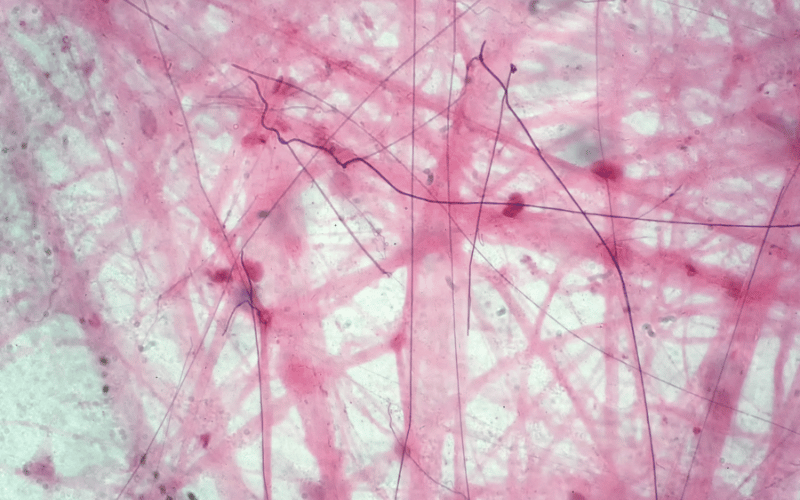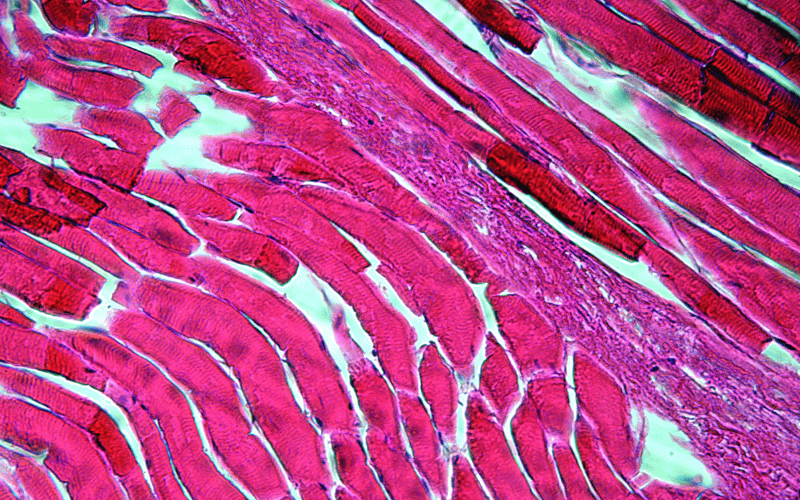Introduction: Ehlers-Danlos Syndromes Unveiled
In today’s medical landscape, Ehlers-Danlos syndromes (EDS) remains one of the most intriguing yet under-discussed topics. For the uninitiated, the mere mention of EDS might draw blank stares. Yet, delve a bit deeper, and the significance of this condition becomes palpable. EDS isn’t merely a condition; it’s a collection of complex syndromes affecting various aspects of an individual’s life, from physical well-being to mental health.

Broadly speaking, EDS is a group of connective tissue disorders. When we think of connective tissue, we often imagine the ties that bind our musculoskeletal system. But it goes beyond that. Connective tissues hold the promise of our body’s structural integrity, affecting everything from the skin, bones, and blood vessels to organs and tissues in between. When there’s a malfunction or deficiency in these connective tissues, as seen in EDS, it opens the door to a myriad of challenges.
There’s an all-encompassing nature to EDS that might surprise many. From influencing the flexibility of the skin to impacting joint mobility, its implications are far-reaching. However, while many have heard the term, the depth, diversity, and dynamics of EDS often remain shrouded in mystery.
As we navigate the nuances of EDS, it becomes vital to highlight its multifaceted nature. It’s not a one-size-fits-all diagnosis. With various subtypes, each presenting its unique set of symptoms and challenges, EDS remains as diverse as it is daunting.
Fact 1: Not Just One Condition

When we discuss Ehlers-Danlos syndromes (EDS), it’s pivotal to remember that it’s not a monolithic condition. Instead, it embodies a spectrum of disorders, each with its distinct traits and challenges. This misconception often stems from a lack of in-depth knowledge about the disorder. Delving deeper into the world of EDS, it quickly becomes evident that there are 13 recognized subtypes. Each of these subtypes, from the classical to the vascular, carries its unique set of manifestations, requiring different care and interventions.
For a medical practitioner, understanding these subtypes is critical. Accurate diagnosis and effective treatment hinge on this knowledge. But beyond the medical sphere, this understanding is equally crucial for patients, their families, and the general public. For the diagnosed individual, recognizing which subtype they belong to can empower them. It offers clarity on potential symptoms, what to expect, and how best to manage their health.
Moreover, this distinction between subtypes is essential for fostering empathy and understanding. As with many conditions, there’s no one-size-fits-all when it comes to EDS. And while the broad strokes of the condition might seem similar, the devil, as they say, is in the details. It’s these finer details that determine an individual’s experience with the syndrome.
The diversity within EDS also underscores the need for tailored research. While overarching research on EDS is undoubtedly valuable, delving into subtype-specific studies can yield insights that benefit targeted treatment methods. For patients, this could mean more effective management strategies and, potentially, improved quality of life.(1)